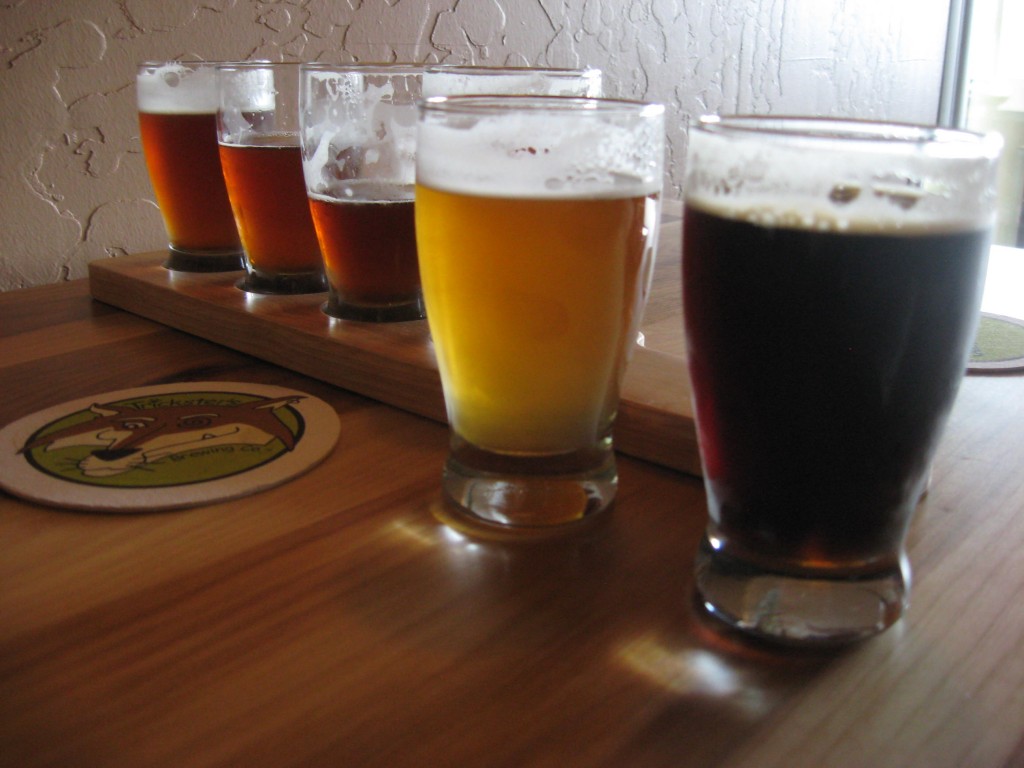
Joe Chris is a young talented music composer and entrepreneur – a pairing Chris hopes will open doors. Speaking of pairing, Chris, whose real name is Joe Hahnenfeld, is using his entrepreneurial chops to develop a unique alignment – curated musical experiences with food and beer tastings.
What Chris is selling is not just background music designed to enhance a culinary event; rather the arranged music is a custom-designed soundtrack composed to be part of the sensory and immersive pleasure of sipping a specific craft beer. Over the course of these events, known as Sonic Tastings, participants sample four flights of beer and nibble on finger foods while listening to guided compositions for each beer.
Two Ladders Brewing Company in West Nyack will be holding Sonic Tastings monthly; the next event will be held on August 12, and a portion of the proceeds for the ticketed event will go to People to People, the food pantry in West Nyack. Chris has been test-driving the pairings concept at other breweries over the past year, including Industrial Arts Brewing Company in Garnerville, Stony Point Brewing Company in West Haverstraw, and Slate Point Meadery in Poughkeepsie.
Wnt to read more? Please click… HERE!!!














You must be logged in to post a comment.